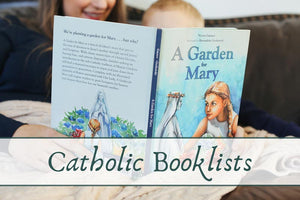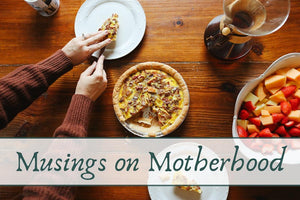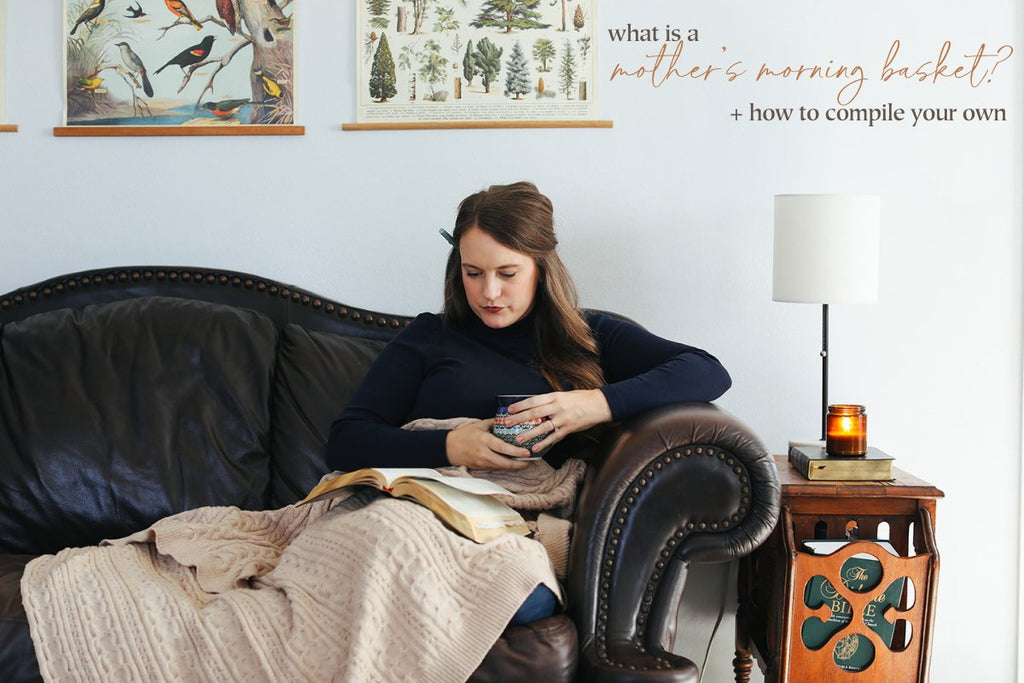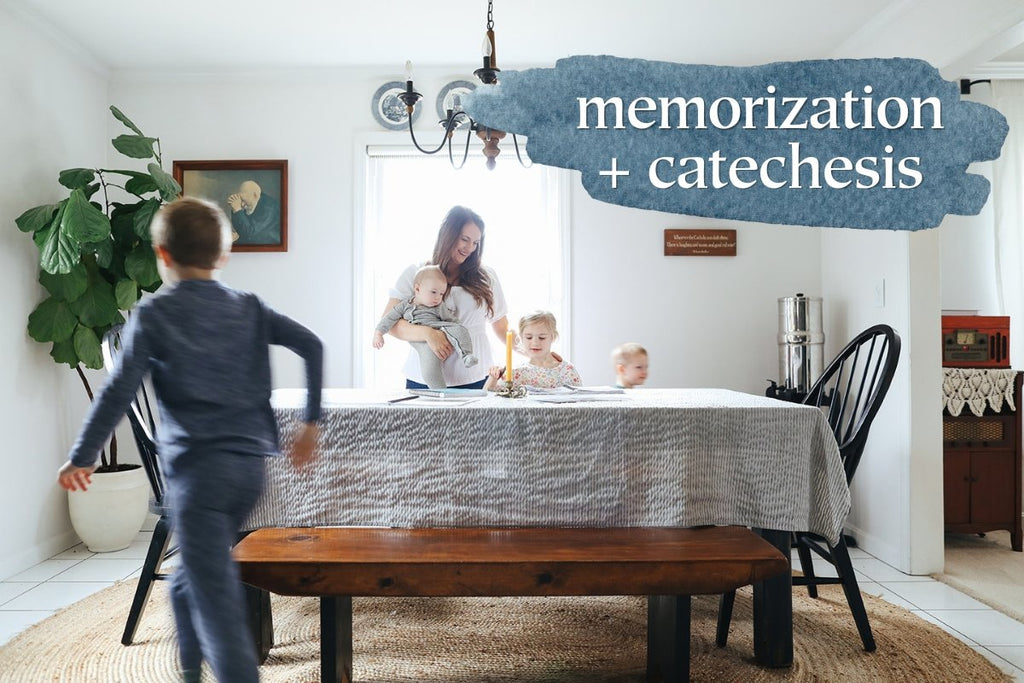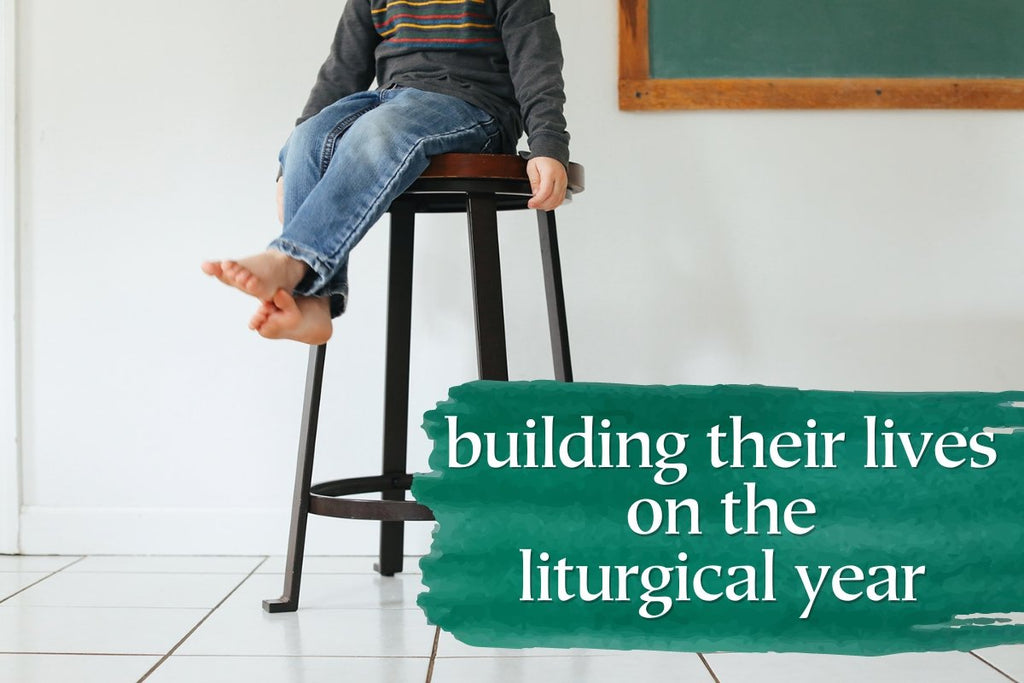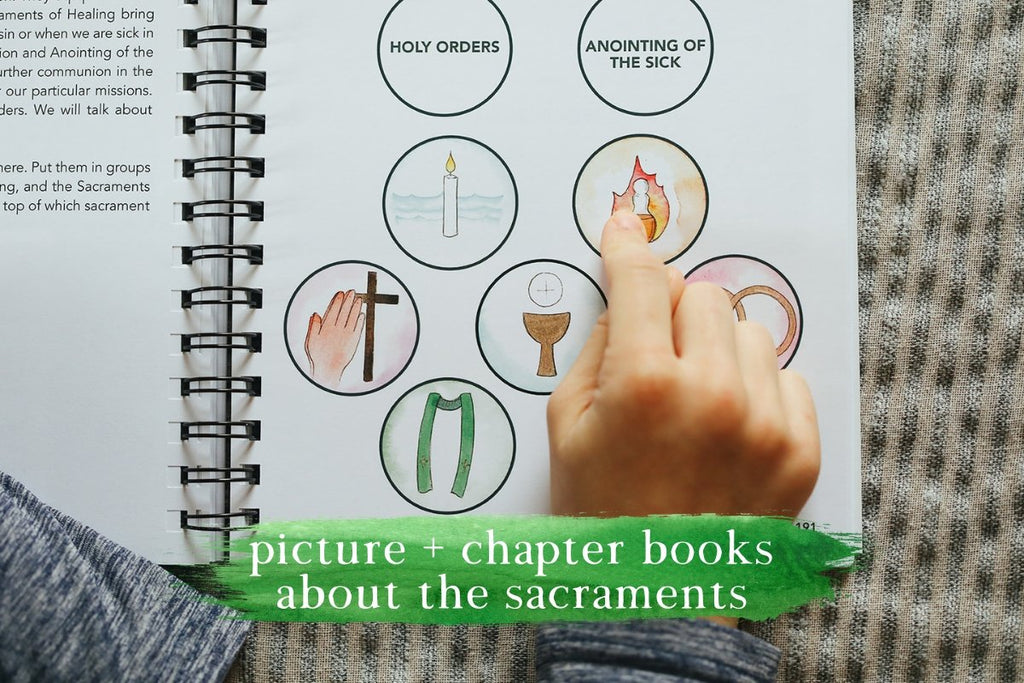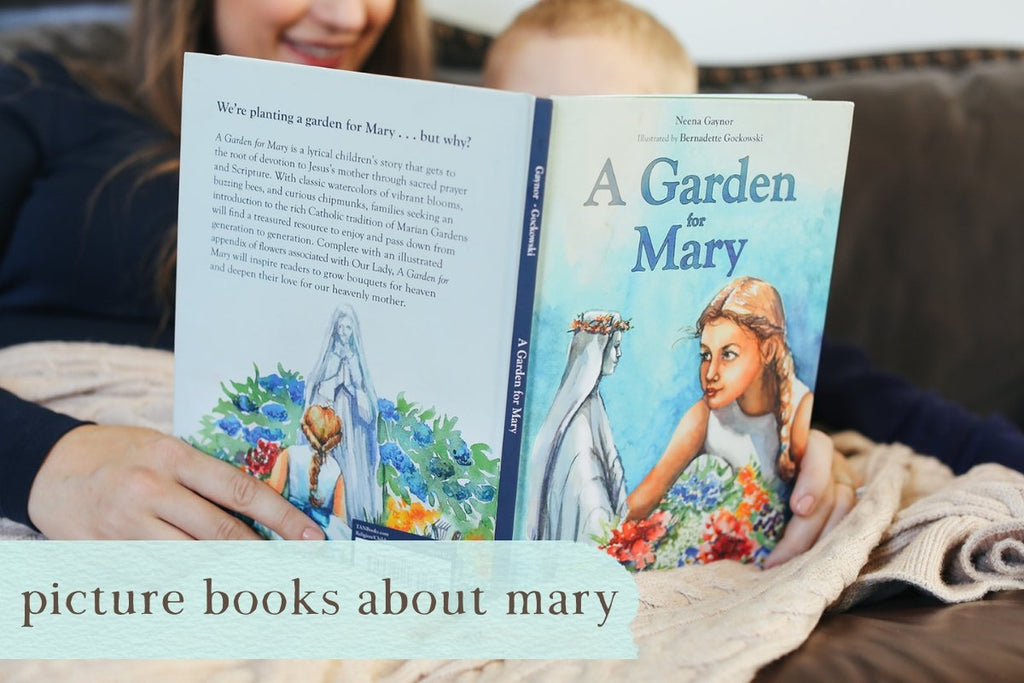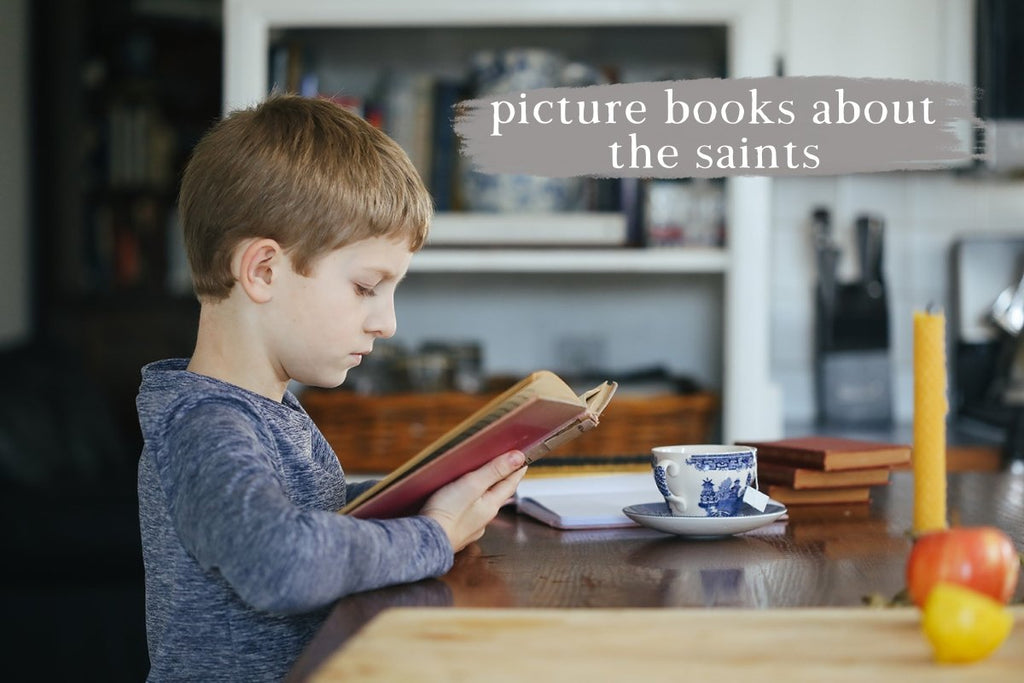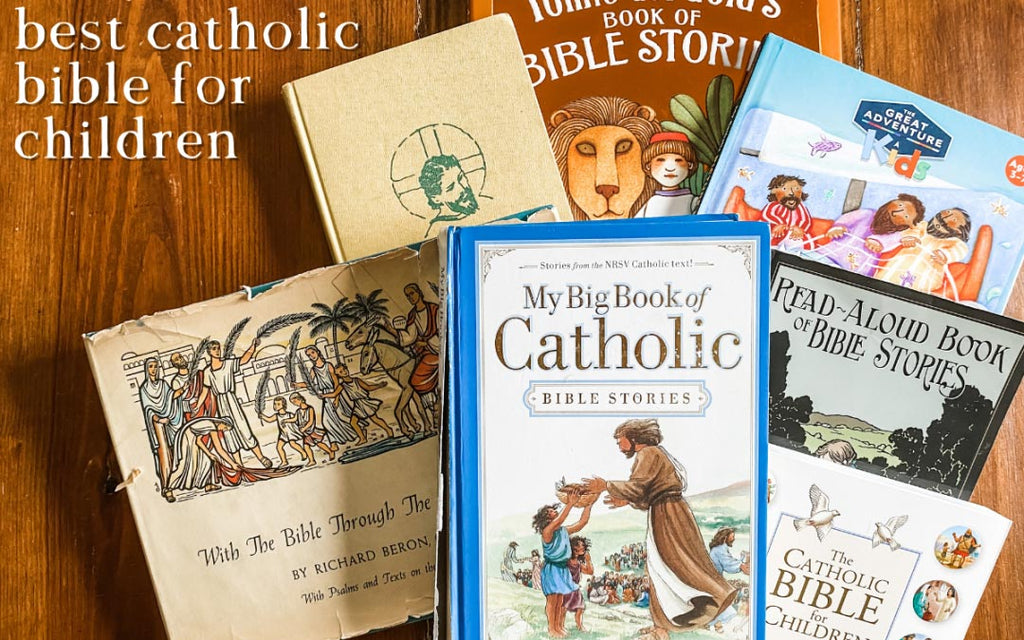Self-Discipline in the Home + Homeschool
Self-discipline is key to success in our endeavors and for our sanity. Particularly in the long haul of motherhood, self-discipline protects priority and peace.
Self-discipline is a habit. In fact, it is the foundation of habit formation. Whole books can and have been written on self-discipline. Here, I would like to look at self-discipline in the life of the homemaker in three areas:
- the heart
- the will
- the life
The Heart
We can stay stuck in our emotions when it comes to self-discipline. Sometimes there’s a lot of shame around the idea.
The Holy Spirit can use our emotions to convict us. He pricks our conscience. But there is a big difference between:
"I notice that when I scroll on my phone right after I wake up instead of praying, I’m much less patient with the kids’ needs."
and
"I’m always cranky with the kids in the morning, the worst mother, and I’m probably just screwing them up."
One thought is the conviction that spurs us to the right action; the other is condemnation that leads us to despair and low-level comfort-seeking.
When we spiral like this, we tend to focus more on the circumstances rather than our interior lives.
But the heart is precisely where we must begin.
Whatever your external circumstances, the Lord sees the heart. This is paramount in the life of the mother because our seasons shift often and dramatically. Self-discipline in one season will look different from self-discipline in another.
We must be more attached to Jesus than our schedules.
We must listen to His voice over self-condemnation.
We must ask Him to cast the vision for self-discipline in this season rather than the latest Reel promising to enhance our morning routine. Resources can help, but not more than the Holy Spirit.
If our goals for self-discipline are not a fruit of prayer we will likely end up defeated or self-reliant.
So before we address any other areas, we should ask the Lord for His wisdom and vision for this season of our lives.
And if we want to grow in self-discipline, let’s ask Him for help!
The Will
As we allow the Lord to transform our hearts and clarify our vision, He is going to give us opportunities to practice! After all, we grow in virtue by doing things consistently and intentionally.
Once the Holy Spirit has shown you how to grow in self-discipline this particular season, focus your energy there. We all-or-nothing types often hear the Holy Spirit’s marching order for one step forward, then go blazing into the full battlefield.
The exercise of the will is an interesting point of reflection for the stay-at-home or homeschooling mom. We have a lot of freedom. We set the schedule. We make the appointments. We discern levels of involvement. We are the CEO, the manager, the cook, and the janitor.
This freedom is so good. It is partly why homemakers have a particular duty to preserve leisure in our culture (but that’s another email for another time).
This freedom also presents unique considerations. After all, if we make the schedule and the rules, then we can say there is no schedule and there are no rules, right?
A piece of our self-discipline as homemakers is identifying the priorities of this season and being sure we steward our time and energy well.
How do we do that? Let’s look at some practical ideas.
The Life
Planning
I mentioned it above, but a significant step in self-discipline is getting very clear about your priorities.
The Lord has been teaching me about this a lot this summer. He has given me my assignment in this season. When I cease hemming and hawing about it, looking to my right and left, I have much more peace.
It is worth taking this to deep, extensive prayer. It is worth sitting down with our spouses and reviewing the priorities of the season. And it is worth structuring our lives around the assignment.
Boundaries
Boundaries look different for different people, personality types, needs, seasons, and vocations. But they are important!
Once we have identified our priorities, it might be necessary to put some boundaries in place to ensure those priorities are nurtured as needed.
For example, one boundary I have set this year is protecting our school time in ways I have not done in the past. Unless otherwise impossible, I am not scheduling kids’ appointments during our blocked school times. I’m not taking meetings. I place my phone on “Do Not Disturb" and put it away.
Notice that this is a boundary I’ve set for myself. No one is demanding that I have a dentist appointment at 9 a.m. or that I answer their text message immediately. But I know myself well enough to recognize this is a necessary boundary to protect the priority.
Flexibility + Fortitude
It requires self-discipline to make a plan and set boundaries, and it requires self-discipline when it all goes to pot.
As mothers, we must be flexible because there will be hiccups. Things will regularly not go according to plan. Ideals are often massacred by toddlers and teenagers.
These are further opportunities to exercise self-discipline. We get to discipline our minds. How will we respond? Will we throw up our hands in resentful surrender (I have no idea what that’s about. Never done that before.)? Or will we face pivots with fortitude, doing the best we can and giving the rest to God?
Longevity
The last point I’ll make on the topic of self-discipline for mothers is that we must accept the Lord’s grace and realize that we are in a marathon.
Sometimes self-discipline looks like true self-care. Maybe it’s going to bed earlier instead of watching one more episode so you’re better rested. Maybe it’s taking a walk outside or reading a book instead of checking Facebook. Maybe it’s making time for dedicated prayer. Maybe it’s eating an actual breakfast so you’re fueled for the day.
Remember, the motive of self-discipline must not be self-hatred. We can honor God by stewarding well the bodies, souls, and minds He gave us.
We want to be able to serve Him well for as long as He has us in this field.
The Font + Fruit
In our desire and effort to grow in self-discipline, our aim is to give glory to God and to allow Him to make us saints. This is simply not possible apart from grace and the action of the Holy Spirit in our lives.
So once again, I entreat us all to pray. It is the font and fruit of self-discipline.
I would love to hear your thoughts on this topic. We are all always students at the feet of the Teacher! Comment below!
Continue reading
